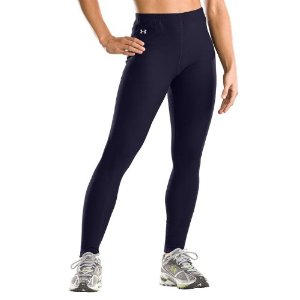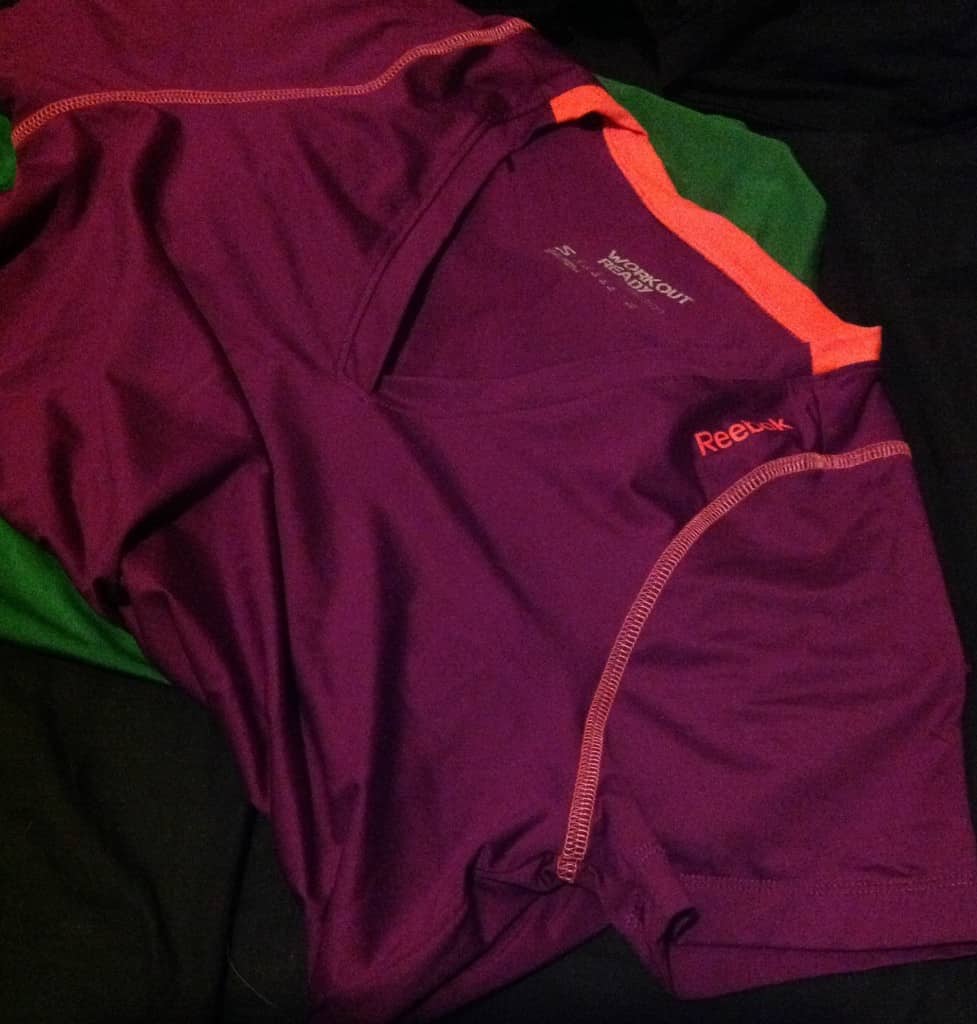Anyone who’s inspired to hit the trail – or any outdoor activity, for that matter – during the fall season also has to contend with the fact that the weather is changing, and it starts getting a bit chilly outside.
Not even gonna front. Cold weather… in a northern state in the US… is enough to make me stay my behind in the house.
But I’ve been trying to do better. Seriously!
And part of that includes making sure that I layer properly so that I’m not running in a bubble coat and having to endure that annoying “swish” sound, or making sure that I’m not out there shivering because I’m woefully underdressed.
A few years back, a friend shared this bit of info with me from the RunnerDude, and I think it’s pretty valuable:
On cold days, it’s best to wear layers. Layers act as insulation. Also, as you sweat, the perspiration will travel from the lower layers to the outer layers keeping you dryer (if you’re wearing technical fabric clothing and not cotton). And, if you overdressed, you can easily remove a layer. Here are a few of the types of layers you’ll need:
Base Layer: This is the layer closest to the skin. This layer should be made of a technical fabric such as polyester, CoolMax, DryFit, polypropolene, Thermax, Thinsulate, etc. This layer may also have some technical fibers that provide some stretch such as Lyrca or spandex. The technical aspects of the fabric and often the weave of the fibers, allows perspiration to be wicked away from the body and to the outer surface of the base layer. When it’s 40° or warmer, all you may need is a base layer for your top. On colder days when it dips around the freezing mark and below, you may need to top the base layer with a warmth layer.
Warmth Layer: On colder days (mid 30s or below), a warmer layer may need to worn over the base layer. Insulating fabrics like fleece are perfect for this. Be sure that the fleece fabric is also made from a technical fabric such as microfleece, Dryline, Polartec, polyester, Thermax, etc. (Note: on really cold days, I’ll often wear two base layer shirts and then a microfleece layer on top.)
Outer Shell Layer: On cold windy or wet days a protective outer shell may be in order. Be sure to purchase an outer shell made from a technical fabric like Gore-Tex, ClimaFit, or Supplex that will protect you from the elements while at the same time breathe so you don’t overheat.
Running Tights or Pants: Shorts can be worn during cold weather, but when the temps dip near freezing and below, running tights or pants are great for keeping the the ole gams warm. Running tights come in snug and loose-fitting styles. Be sure the tights or pants are made from moisture-wicking fabric to help prevent chafing.
His post has tons more valuable information for layering in cold weather, so you should definitely check it out (especially the point about piercings… yikes.) And, like he says, all runners are different. That’s why there are some people who are excellent at running in snow while wearing a t-shirt and running shorts, who only need earmuffs, a sweatband and gloves to get through. There are some people (like me) who have to be covered from head to toe, who have had to become the headmistresses of inexpensive layering in order to survive the great outdoors. Don’t feel bad if you need more, don’t feel weird if you need less. I feel like, generally speaking, the more advanced runners I see are the most likely to need less, and since I don’t consider myself advanced at all, I don’t feel so bad wearing half my wardrobe out for a run.
However, whenever I need to be brought back down from reality, and need to be convinced that wearing everything I own is unnecessary, I hit up the Runner’s World “What To Wear For Runners” section of the website. It allows you to fill out a little form, then makes suggestions for what they think you’ll need. Sure, if you think you’ll need a little more, then go for it… but all it takes is one time for you to learn you’ve either overdressed or under-dressed, so you should use it as a guide, but take notes of your needs for moving forward.
I do have to admit, that since I’ve been using RunnerDude’s explanation for how to layer properly for inclement weather, I’ve grown to love a few favorite pieces for proper layering. For my base layer, the Under Armour Women’s Coldgear Frosty Compression Tights are awesome. Also, they make me feel like I’m a sneeze away from being able to rock a catsuit.
Sorry. Clearly, I’m unfocused.
The Coldgear tights are actually very effective at keeping me warm as well as dry. I’m not a major league sweaty-type when it comes to my lower body, but I’m pretty sure I’ve made my feelings on booty sweat abundantly clear. As a warmth layer, I have a little secret – I’ve been using these:
I literally keep a stock of these in my “workout clothes drawer.” The tights are less expensive than a regular layer, and also serve as an additional layer for my feet because I’m a heavy foot sweater who hates having either wet or cold feet. The bottoms of the tights are thicker than average – something that was originally intended to simply accommodate boot wearers, but winds up working to prevent the tights from tearing – so they add extra warmth for your feet.
My favorite moisture-wicking shirt is actually the Reebok Women’s Play Dry V-neck. I stick with the short sleeve until it’s cold enough for snow, then I go for long sleeve version. That, coupled with a long sleeve shirt and a good light-yet-warm jacket, and you’re golden.
How do you layer for cold weather? What are your favorite cold weather pieces? And don’t forget to provide links!




4 comments
You must have felt my pain earlier today when I was trying to figure out how to stay warm on my long walks throughout the fall/winter. This post is right on time! I will be checking out the links you provided, but one of the things I’ve noticed is that many of the recommended running items do not come in sizes large enough for my posterior (smile). It’s a challenge, but I’m committed to being able to maintain my workout schedule despite the cold (or the heat). Thanks, and I’ll let you know what I find!
Well, while I don’t know what size you are, I KNOW for a fact that Under Armour accommodates larger sizes, and I feel like Hanes does, too.
Always wear dress in layers, wear warm socks, use scarf and watch where you step. Thanks for good article.
Thanks for posting. I needed some ideas to wear on my morning walks.
Comments are closed.